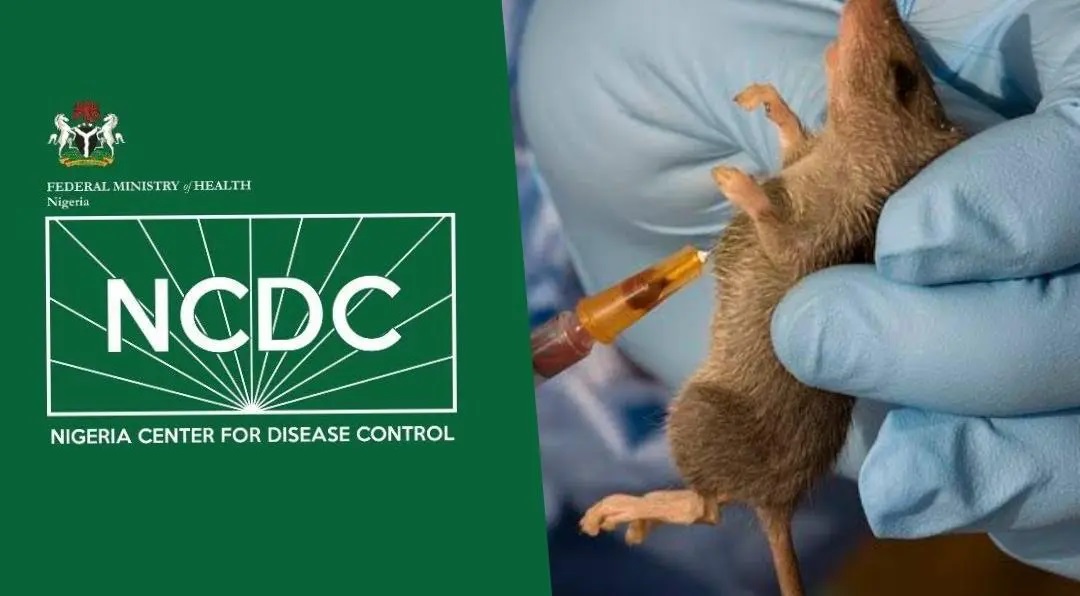Nigeria’s health authorities have reported a rise in the fatality rate linked to Lassa fever, with new infections and deaths recorded across multiple states, raising concerns over the ongoing spread of the viral disease.
According to the Nigeria Centre for Disease Control and Prevention (NCDC), 143 people have died from 758 confirmed cases of Lassa fever so far in 2025. This represents a case fatality rate (CFR) of 18.9%, a significant increase compared to the 17.8% recorded over the same period in 2024.
The data, published in the agency’s latest situation report covering Epidemiological Week 23 (2–8 June 2025), highlights an uptick in new infections. Eleven new cases were confirmed in the week under review, an increase from the eight recorded the previous week. The new cases were reported in Ondo, Edo, Bauchi, and Taraba States.
Eighteen states across 96 Local Government Areas have now reported at least one confirmed Lassa fever case in 2025. However, 90% of all cases originate from five states: Ondo (31%), Bauchi (25%), Edo (16%), Taraba (15%), and Ebonyi (3%).
Young adults aged 21 to 30 remain the most affected age group, with the median age of confirmed cases recorded at 30. One additional health worker was infected during the latest reporting period, bringing the total number of healthcare workers affected this year to 23.
The NCDC cited a combination of factors contributing to the outbreak’s persistence, including delayed hospital visits, limited access to treatment, poor sanitation, and low awareness in vulnerable communities.
In response, the agency has activated a multi-sectoral Incident Management System, dispatched 10 Rapid Response Teams, and intensified community awareness, health worker training, environmental control measures, and infection prevention initiatives.
Authorities are urging the public to seek medical attention promptly upon experiencing symptoms and to avoid contact with rodents and their droppings — the primary vectors of the disease.
Lassa fever is a viral haemorrhagic illness endemic to West Africa, primarily transmitted through exposure to the urine or faeces of infected rats.




